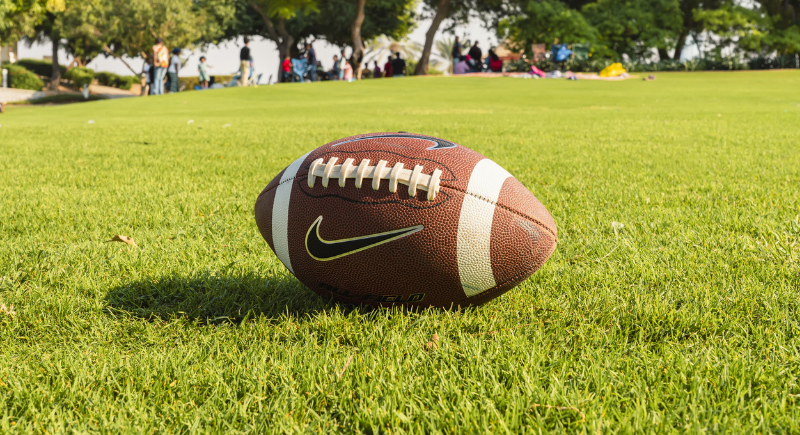Was It the Right Move for the Bucs to Cut the NFL’s Heaviest Player?
Desmond Watson’s NFL story had all the makings of something unforgettable. He was officially the heaviest player ever linked to the league at 6-foot-6 and over 460 pounds at his Florida pro day. After the draft, Tampa Bay took a chance on him.
Yet, just as quickly as the idea took hold, the Buccaneers decided to move on, and Watson never played a snap. The decision left many scratching their heads. Did Tampa Bay give up too soon, or was the move inevitable given the circumstances?
The Weight of Expectations
Watson arrived in Tampa with excellent credentials. He trimmed 25 to 30 pounds before the draft but still reported at an eye-popping 464. The Bucs placed him on the non-football injury list at the start of training camp, hoping he’d continue to cut down.
Head coach Todd Bowles said at the time the goal was simple: help him become a healthier player and eventually get him on the field. There was no set target weight, but there were conditioning milestones to achieve. General manager Jason Licht later confirmed the benchmarks weren’t being met, which left Watson sidelined for the preseason.
The only confirmed update came when he was listed at 449–450 pounds in late August. Rumors suggested lower numbers, but none were verified. Even at 449, he was still heavier than any player to appear in an NFL regular-season game.
Signals Mixed, Decision Final

Image via iStockphoto/Diy13
What makes Tampa’s move harder to read is the tone Bowles struck just days before roster cuts. He hinted at having a long-term plan for Watson, even noting that the reserve-NFI list could be an option. That designation would have kept Watson around without taking up a roster spot, thus giving him time to work toward a playing weight.
More Than a Sideshow
It’s easy to frame Watson’s release around his size, but there was also a genuine football angle.
Analysts noted his frame could have been useful in short-yardage defense, particularly against the “tush push” play that has defined fourth-and-1 situations. Since conversion rates are spiking league-wide, having a wall of a man in the middle wasn’t the worst idea.
Bowles himself once said they didn’t sign him just for that and believed that Watson had more to offer if he could manage playing more than a few snaps per drive.
However, his time at Florida hinted at potential, but he never took over games. Across 51 games, he recorded 63 tackles, four tackles for loss, 1.5 sacks, and a forced fumble. They are solid numbers, but nothing that screams future star. The Bucs clearly weighed all these against his conditioning struggles and decided patience wasn’t worth a roster gamble.
What Comes Next
Watson’s agent insists the work isn’t over. “Job’s not finished,” he said, keeping the door open for another team to take a chance. Given how rare his body type is in the NFL, it wouldn’t be shocking if a team with patience decided to experiment.
There are precedents. Nate Newton joined the Cowboys at over 400 pounds, slimmed down, and became a six-time Pro Bowler. Others, like Aaron Gibson and Terrell Brown, never stuck. Watson’s path could land on either side of that history.